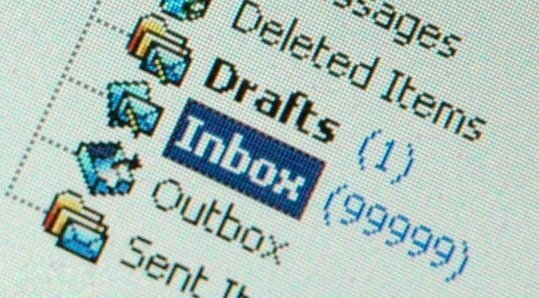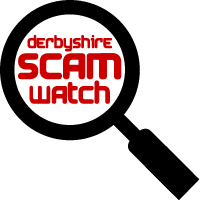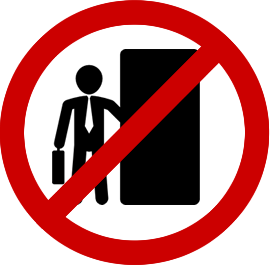E-mail Scams

So far today, approximately
spam emails have been sent.
That's approximately, for every person on earth with access to the internet.
(Based on 353bn spam emails sent in June 2015, and 3.174bn people with internet access in 2015)
The vast majority of email sent every day is unsolicited junk mail. Examples include:
-
'Stranded traveller' e-mails
Scammers often send out e-mails saying they are stranded abroad and need you to send them money for help. Be aware that they can hack into a person’s e-mail account and send a message from that e-mail address so it can seem like the e-mail is from a friend in trouble. If in doubt, don’t reply and contact your friend by phone.
-
Fake Banking Websites
Fraudsters send emails claiming to be from your bank or another trusted organisation, which directs you to a fake website where you will be asked to enter your account details. The website will often be cleverly designed to look like the real organisation’s website. They may threaten to close your account if you don’t provide your details within a certain time period, in order to put you under pressure to do it.
-
Hoax virus warnings
Emails from bogus "Computer Software Tech Support", e.g. someone from Microsoft or Apple contacting you and telling you there is a problem with your device, to fraudsters asking for credit card information to "validate your software".
-
Get Rich Quick and Work from Home Schemes
Schemes promise investors high returns or dividends not usually available through traditional investments. While they may meet this promise to early investors, people who invest in a scheme later usually lose their money.
-
"Advance fee" fraud
Advance fee fraud is when fraudsters target victims to make advance or upfront payments for goods, services and/or financial gains that do not materialise.
-
Chain e-mails
There are several different types of "chain emails", some ask you to pass on an e-mail to several people, instruct you to pay a certain amount of money to the person at the top of a list, add your name at the bottom of the list and pass the e-mail to ten of your friends. When your name reaches the top, within a few days, you are promised lots of money.
-
Hoax Charity Appeals
You've received an email asking you to donate to a charity. The email refers you to a website or phone number you can use to make a payment by credit or debit card. Charity donation fraud is when fake charities play on your sympathy by asking you to make a donation to a worthy cause.
-
"Phishing" E-mails
Phishing is where scammers try to trick you into giving them your personal details. A common phishing scam is for a fraudster to send an e-mail claiming to be from your bank or another trusted organisation, which directs you to a fake website where you will be asked to enter your account details. The website will often be cleverly designed to look like the real organisation’s website. They may threaten to close your account if you don’t provide your details within a certain time period, in order to put you under pressure to do it.
-
E-mails with damaging attachments/links
Some e-mails will have an attachment or link to open which will allow viruses onto your computer. The best rule is not to open anything from anyone you don’t know, even if the subject line may seem like someone getting in touch and being friendly.
Common signs that an e-mail is a scam
- the sender’s email address doesn’t match the organisation’s real website address
- the e-mail uses a general greeting like ‘dear customer’ instead of your actual name
- there’s a sense of urgency, e.g. threatening to close your account if you don’t act immediately
- there’s a link that may look similar to the proper address but is in fact slightly different and will take you to a fake website
- you’re asked for personal information, such as your username or password
How to avoid being scammed by e-mail
- Always be vigilant when receiving or responding to e-mails
- Never open email attachments from people you don't know or click links within the email, as they will often carry a virus and can infect your computer
- Never reply to scam emails, even to say 'no' as it will let the sender know that your email address is active and its likely to encourage them to send more emails
- Ensure that your email account is set up to filter spam
- Do not make purchases or charity donations in response to spam e-mail
- Don't click on 'remove' or reply to unwanted email
- Check junk mail folders regularly in case legitimate email gets through by mistake
- When sending emails to multiple recipients, list their addresses in the 'BCC' (blind copy) box instead of in the 'To box'. In this way, no recipient will see the names of others
- Banks and other financial institutions will never ask you for your personal information in an e-mail.
- Most e-mail accounts can be set up to block spam (i.e. unwanted e-mails), so check your settings or the help pages of your e-mail account.






